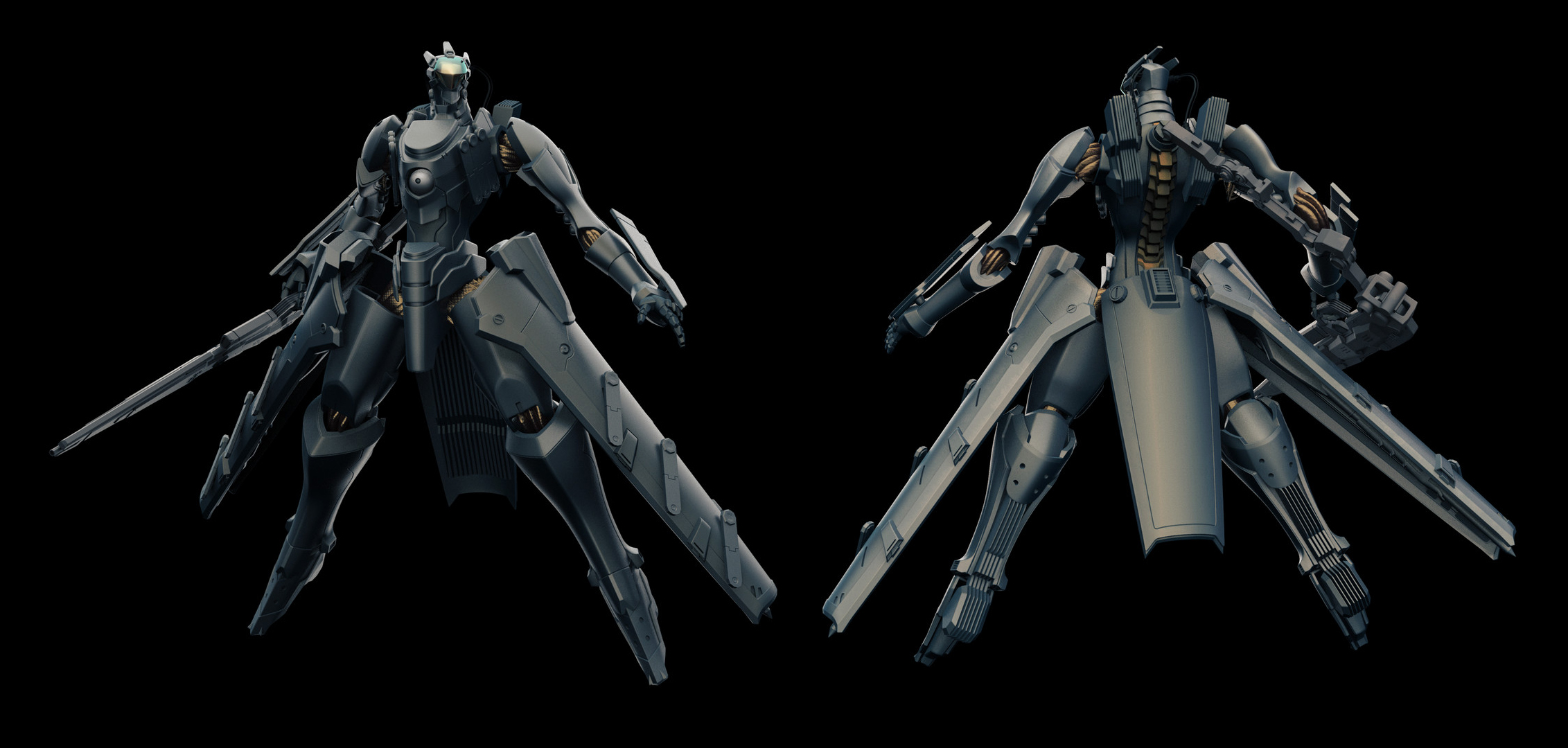
Repairing the shoulder of a 3D scanned statue with the Smooth brush Adding dents to modelsĪnd another use-case that you can try is modifying models created with other techniques. Using COLMAP – doesn’t need Nvidia GPU, but more complex to set-up

Using Meshroom – easy to use, but needs an Nvidia GPU to run well We have two photogrammetry tutorials where you scan an object just by taking pictures of it with your phone, check it out if that’s something you’re interested in: Repairing 3D scansĮven if you have no experience with sculpting whatsoever, using just the basic tools, you can easily modify and enhance 3D scans! Especially the smooth tool works like magic. That’s cool and all, but it seems pretty difficult to learn, right? Well, there are several great, beginner-friendly use-cases for sculpting aside from making models from scratch. You start with a piece of (digital) clay that you can push, pull, smooth, grab, pinch or otherwise manipulate.


Luckily for us, there is another modeling technique especially suited for modeling organic shapes and it’s called sculpting.ĬAD modeling (left), traditional polygon modeling (middle) and sculpting (right)ģD sculpting is a digital equivalent to traditional clay sculpting. But how would you go about modeling your favorite movie character? What about an animal, monster or a D&D miniature? Or even something as simple as adding a dent to model to make it look worn out? Modeling something like that in CAD software would be a total nightmare and traditional polygon modeling is just slightly less awkward tool for something like that.


 0 kommentar(er)
0 kommentar(er)
